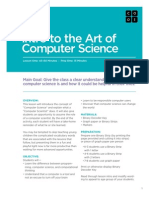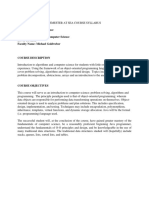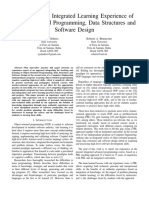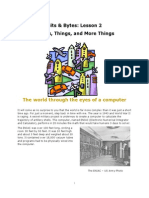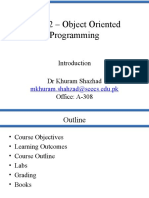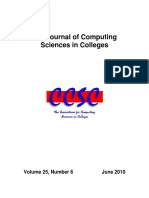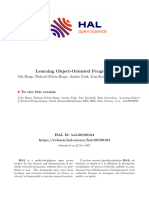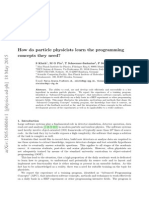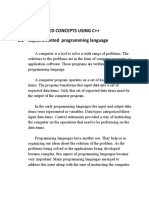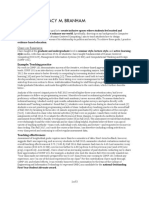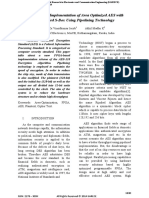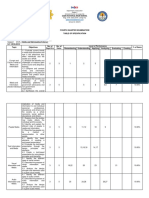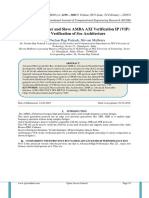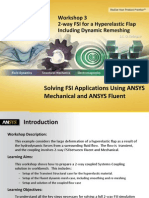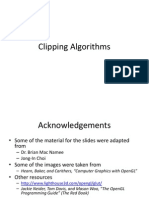0% found this document useful (0 votes)
4 views8 pagesUsing Simulation in An Objects Early App
The document discusses an object-oriented approach to teaching introductory computer science courses (CS1 and CS2), emphasizing the importance of students learning by modifying existing code rather than solely writing their own. The authors advocate for using C++ due to its support for abstraction and encapsulation, and suggest simulation as a practical application area for teaching these concepts. Two specific simulations, a card game and a queueing simulation, are presented as examples of how this approach can be implemented in the classroom.
Uploaded by
FarazCopyright
© © All Rights Reserved
We take content rights seriously. If you suspect this is your content, claim it here.
Available Formats
Download as PDF, TXT or read online on Scribd
0% found this document useful (0 votes)
4 views8 pagesUsing Simulation in An Objects Early App
The document discusses an object-oriented approach to teaching introductory computer science courses (CS1 and CS2), emphasizing the importance of students learning by modifying existing code rather than solely writing their own. The authors advocate for using C++ due to its support for abstraction and encapsulation, and suggest simulation as a practical application area for teaching these concepts. Two specific simulations, a card game and a queueing simulation, are presented as examples of how this approach can be implemented in the classroom.
Uploaded by
FarazCopyright
© © All Rights Reserved
We take content rights seriously. If you suspect this is your content, claim it here.
Available Formats
Download as PDF, TXT or read online on Scribd
/ 8






